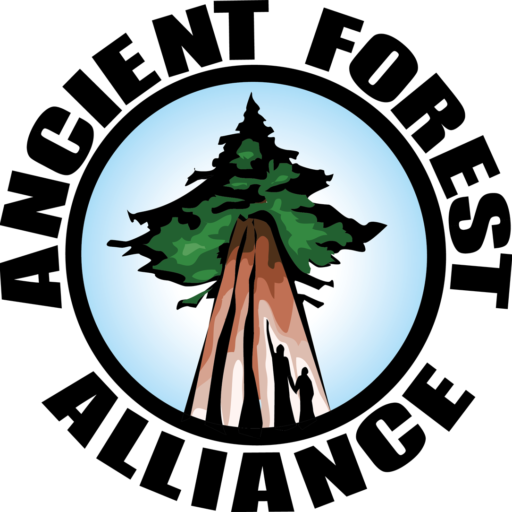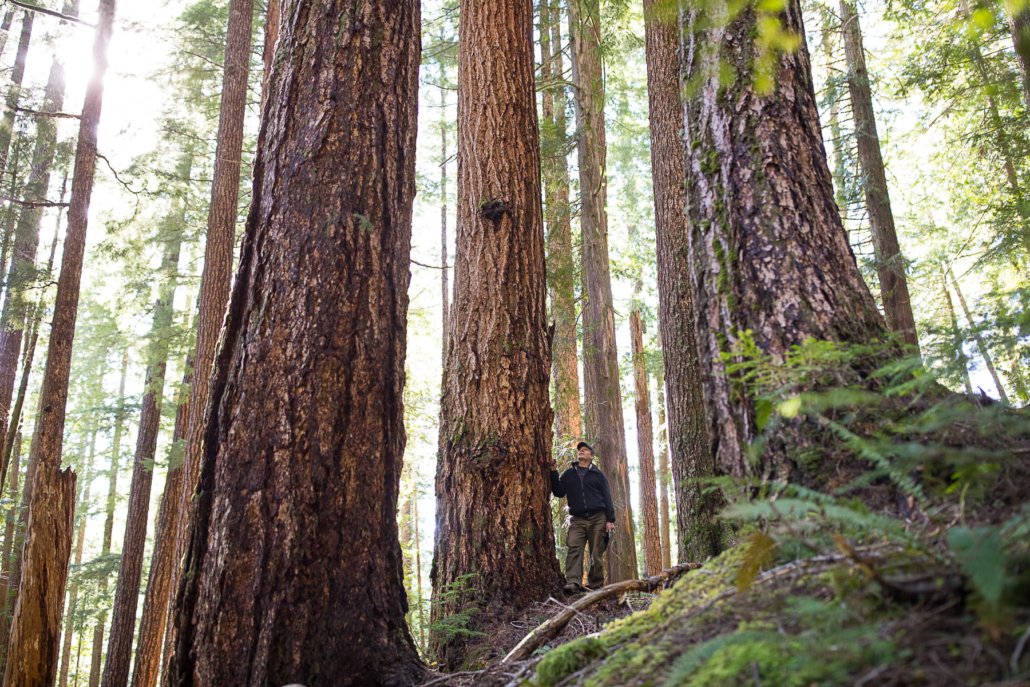
Major Old-Growth Logging Deferrals on Mosaic’s Private Lands on Vancouver Island and Haida Gwaii
The largest private landowner in British Columbia, Mosaic Forest Management, is moving to defer 40,000 hectares (400 square kilometers) of old-growth and older second-growth stands from logging…

Three-quarters of at-risk old-growth forests in BC still without logging deferrals
In the 18 months since the BC government promised to implement the recommendations of the Old-Growth Strategic Review (OGSR) panel, only 24 percent of the most at-risk old-growth forests have been deferred from logging.
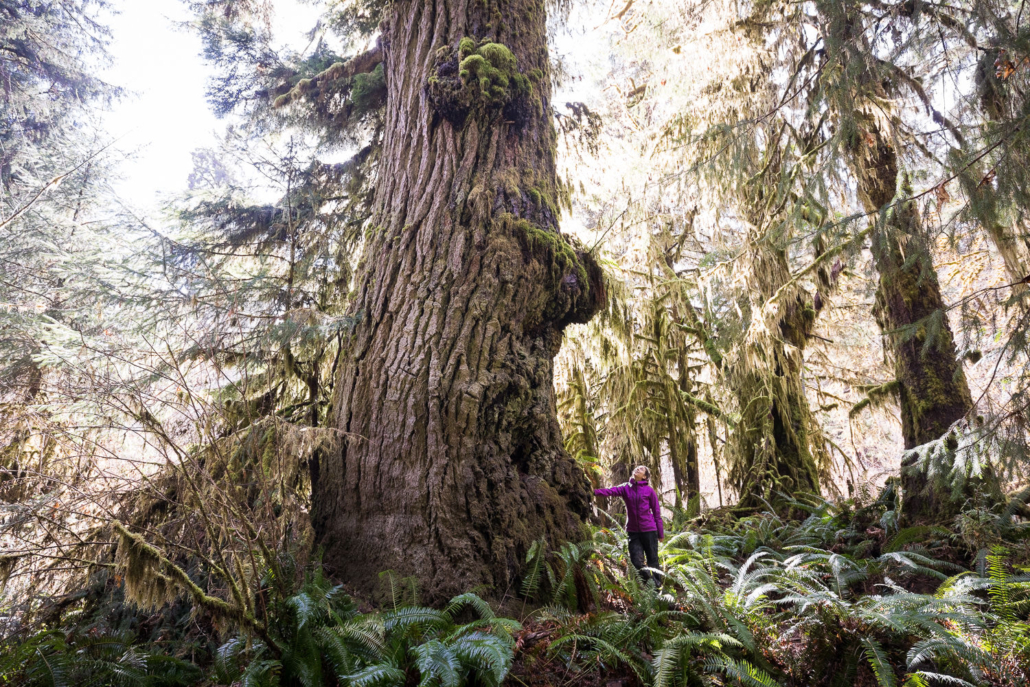
Funding for Old-Growth Arrives in BC Budget, Falls Short of What’s Needed
Conservationists argue more support is necessary for First Nations communities to ensure most at-risk ancient forests can remain standing.
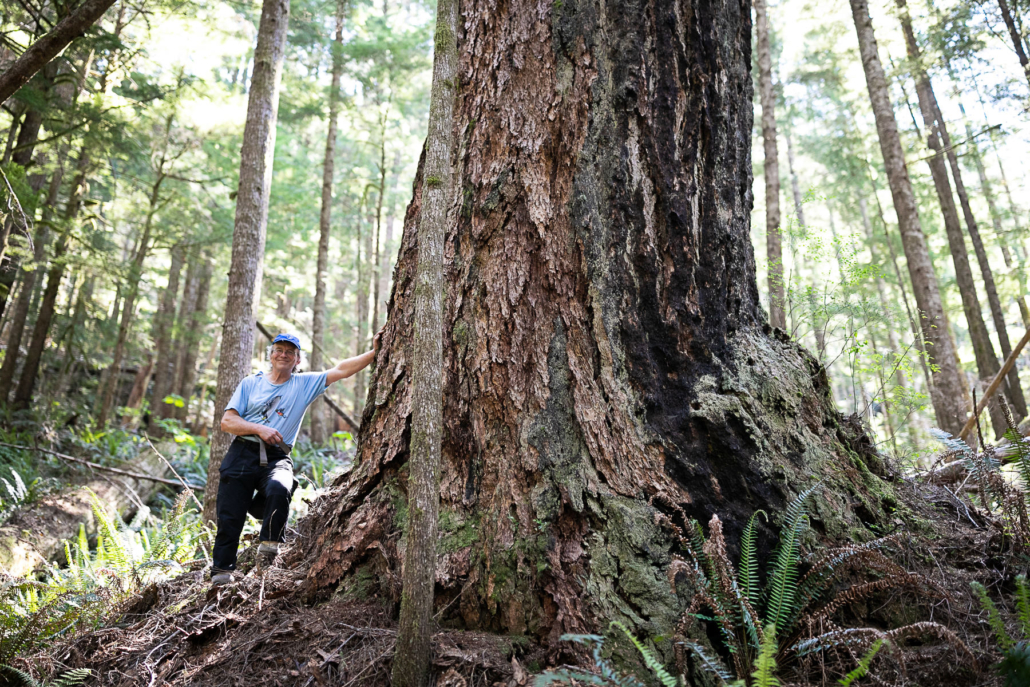
Municipal leaders in BC call on provincial government to commit funding for old-growth protection in Budget 2022
A letter signed by 25 municipal leaders from 14 BC communities is urging the province to follow through on its promises to protect at-risk old-growth forests, including by allocating significant funding in the upcoming provincial budget, set to be released February 22nd.
Conservationists Applaud Tourism Industry Association of BC for Joining the Call to Protect Old-Growth Forests
Conservationists with the Ancient Forest Alliance (AFA) are celebrating that the Tourism Industry Association of BC (TIABC) has joined the call on the BC government to protect endangered old-growth forests and enable the shift to a sustainable, second-growth forest industry.
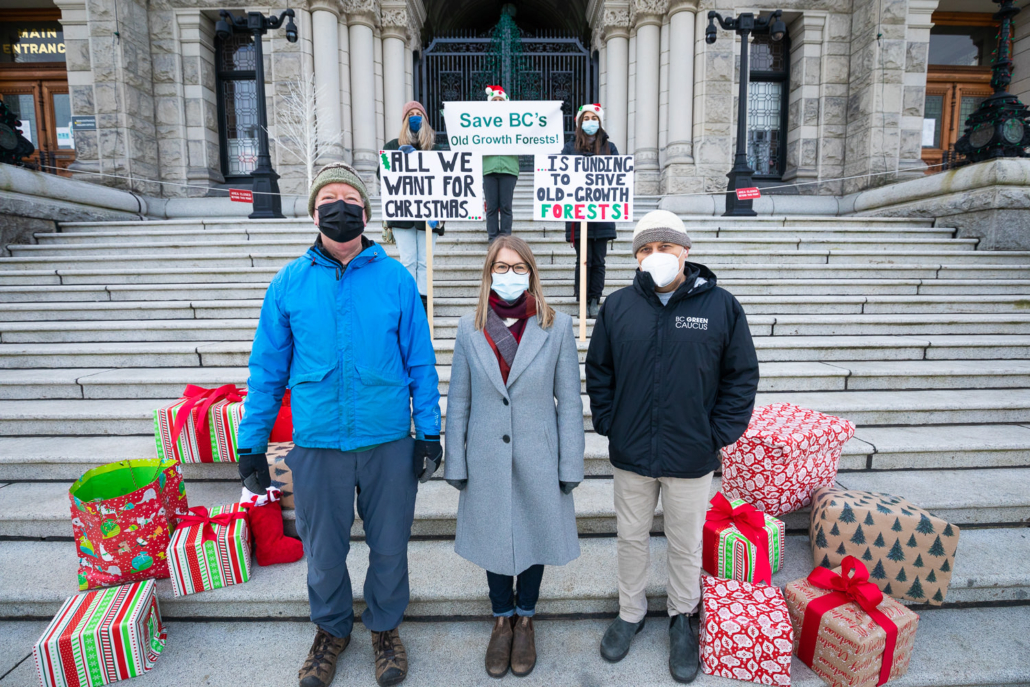
Environmentalists, Green Party MLA, and prominent forest ecologist make holiday-themed appeal for provincial old-growth funding
Pressure on the BC provincial government to back their old-growth forest protection commitments with funding is growing with First Nations leaders, scientists, and Green Party representatives joining environmentalists to demand significant funding for old-growth protection in the 2022 provincial budget.

West coast old-growth forests recommended for deferral in Vancouver Island’s Barkley Sound at risk of logging.
A total of 33 logging cutblocks in old-growth forests with ancient trees up to 12 feet (3m) in diameter have been approved for logging by the BC government in Vernon Bay, some overlapping with the newly recommended deferrals. Conservation funding is urgently needed for communities to make deferrals possible.
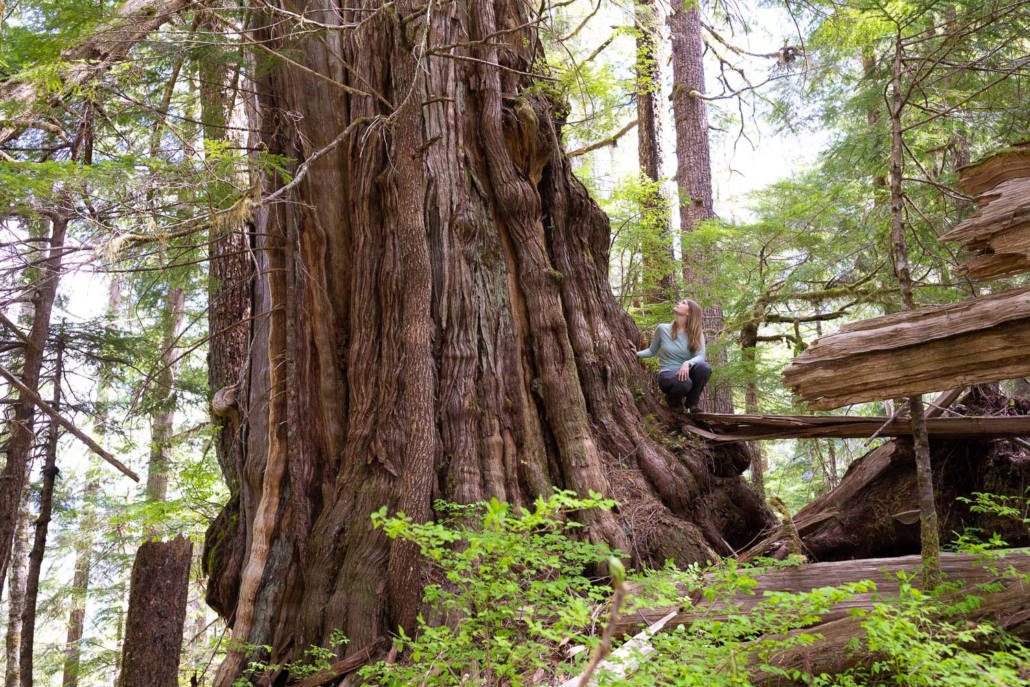
Province uses best available science to identify and partially defer logging of at-risk old-growth, critical funding measures still missing
VICTORIA (Unceded Lekwungen Territories) - Conservationists with the Ancient Forest Alliance (AFA) commend a BC government announcement made today releasing independent scientific mapping of…
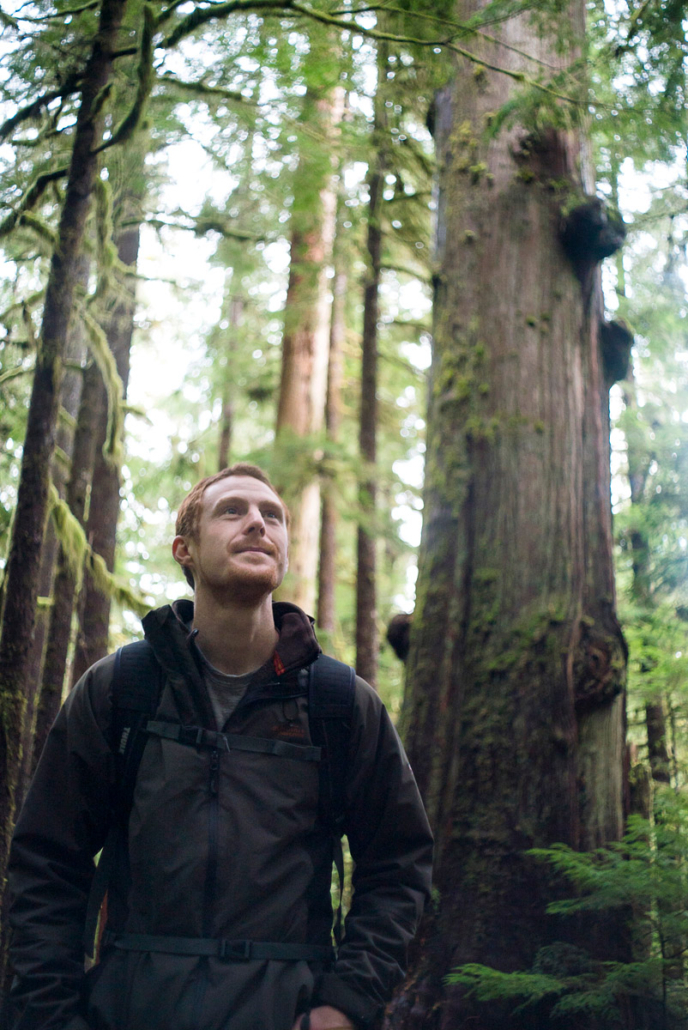
AFA Photographer TJ Watt receives Trebek Initiative grant and named National Geographic Explorer and Royal Canadian Geographical Society Explorer
The Ancient Forest Alliance’s co-founder and photographer working to protect old-growth forests has been awarded significant support and recognition by receiving a Trebek Initiative grant, naming him…
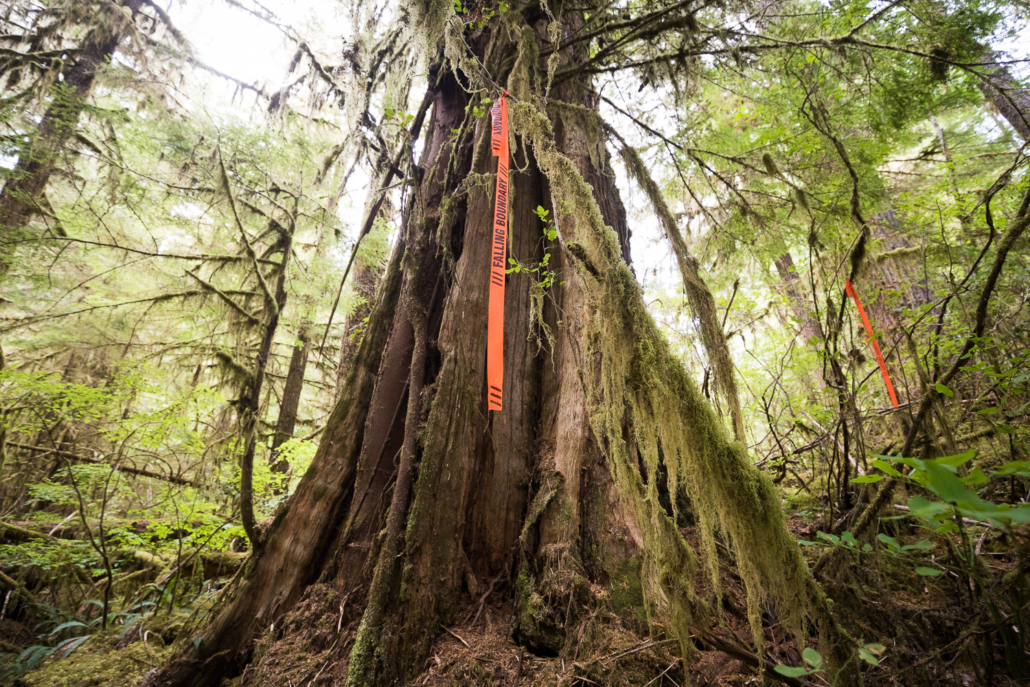
NGO report card: One year after BC promised action, logging continues in almost all at-risk old-growth forests
One year after the B.C. government shared its Old-Growth Strategic Review (OGSR) report and Premier John Horgan committed to implementing all of the panel’s recommendations, Ancient Forest Alliance, Sierra Club BC and Wilderness Committee have released a report card assessing the province’s progress on their promise to protect old-growth forests.
